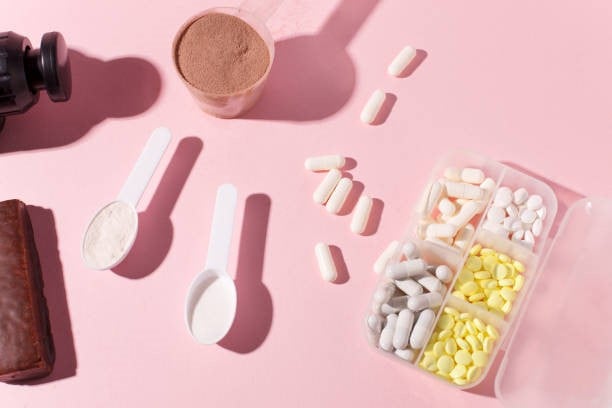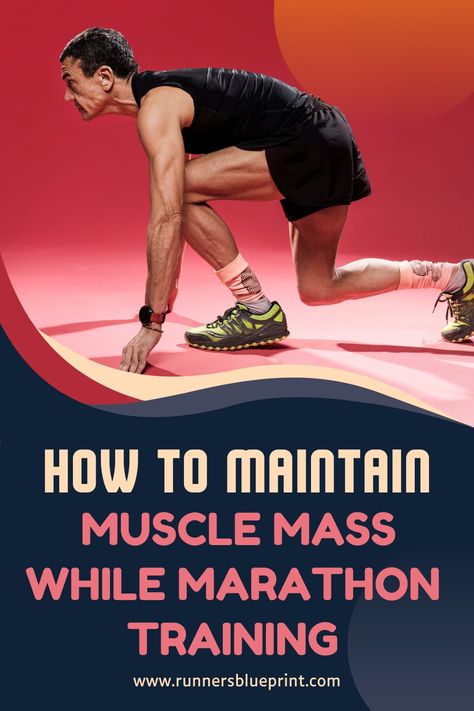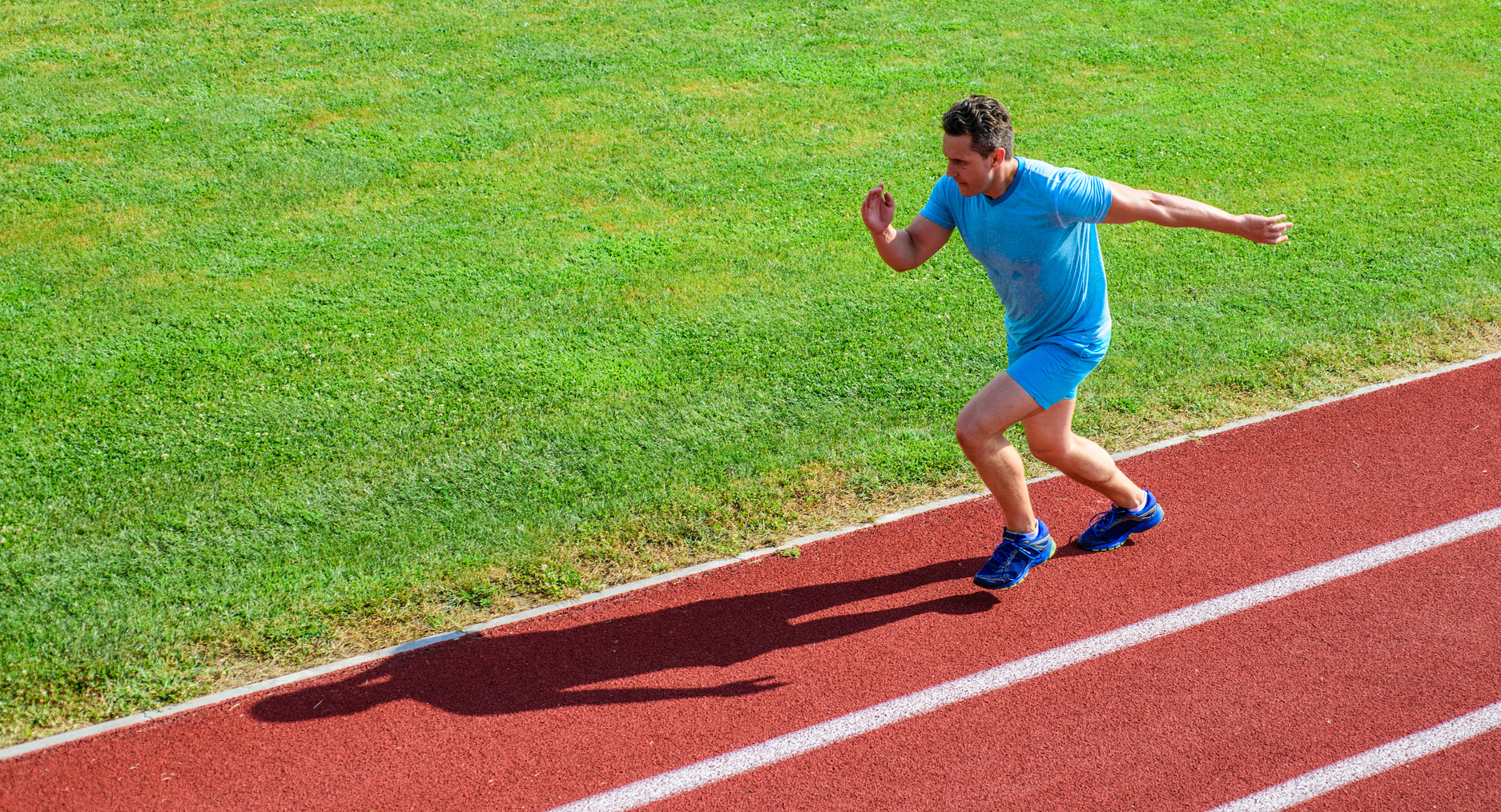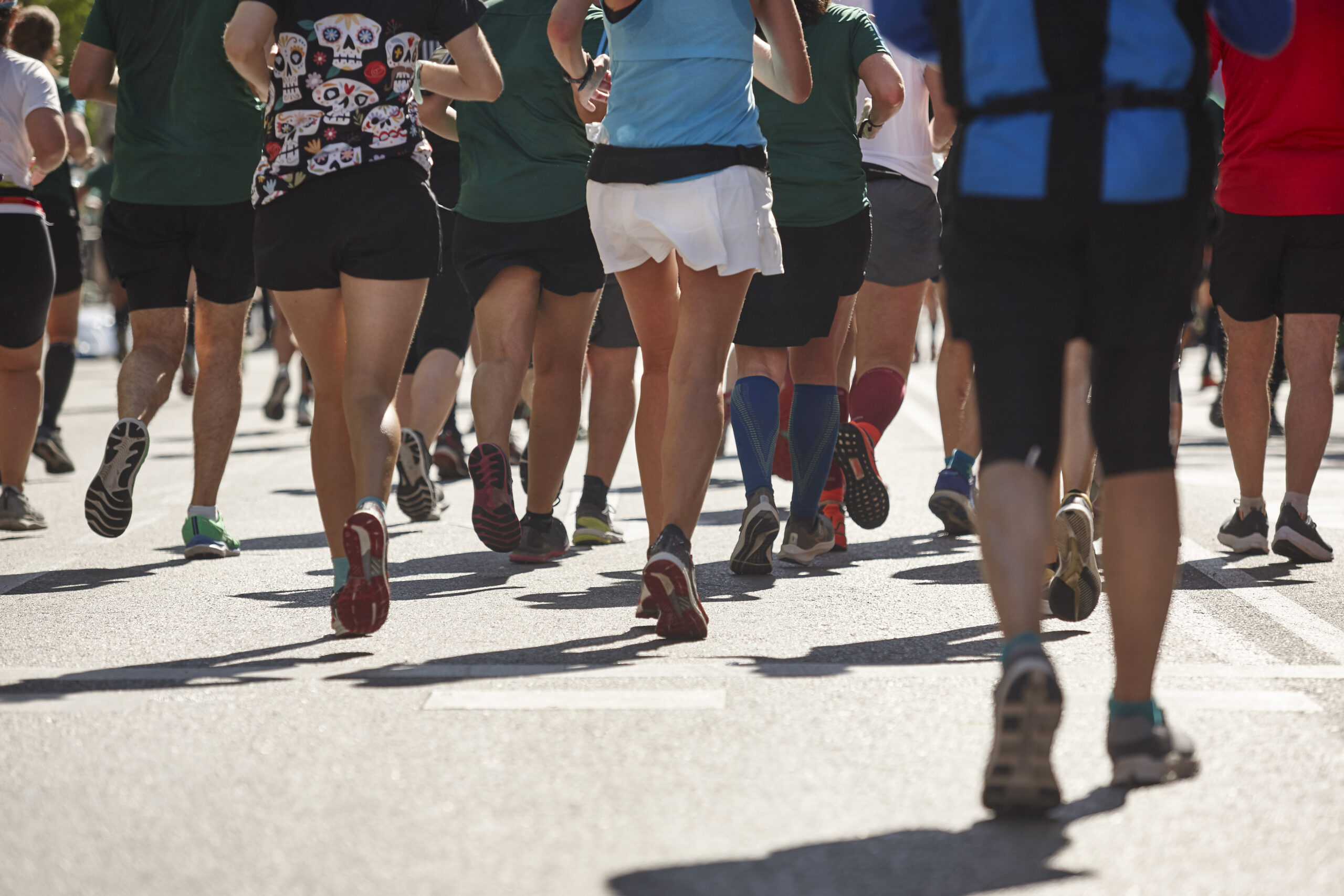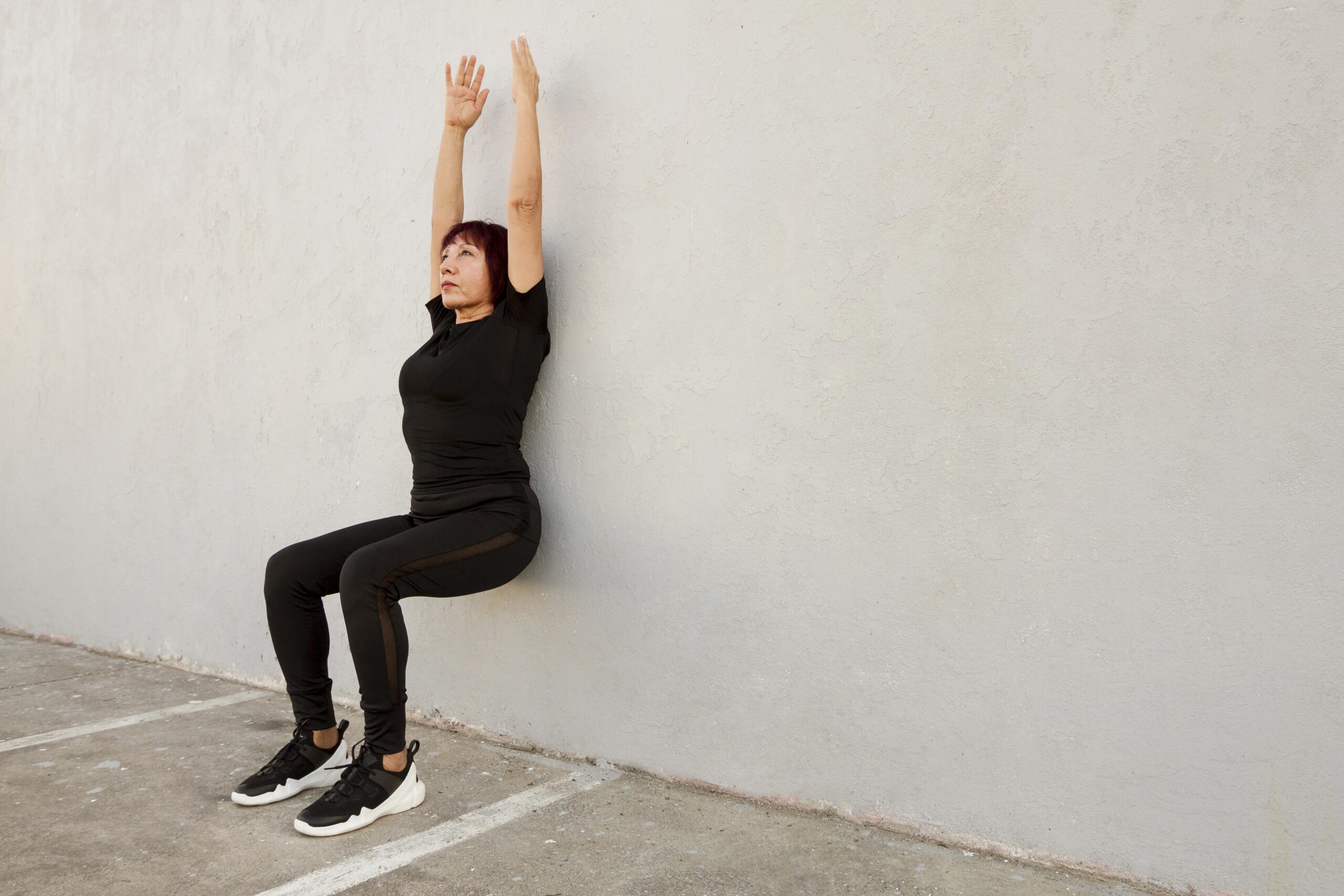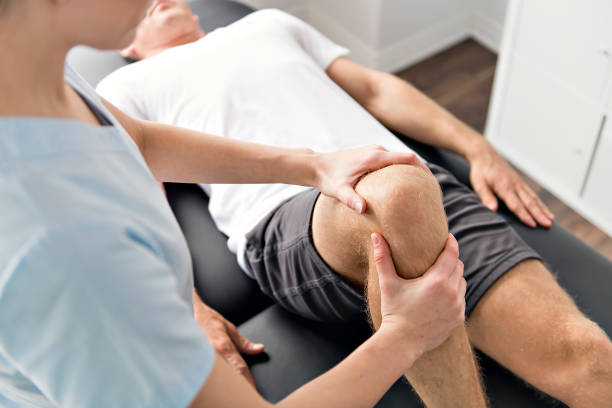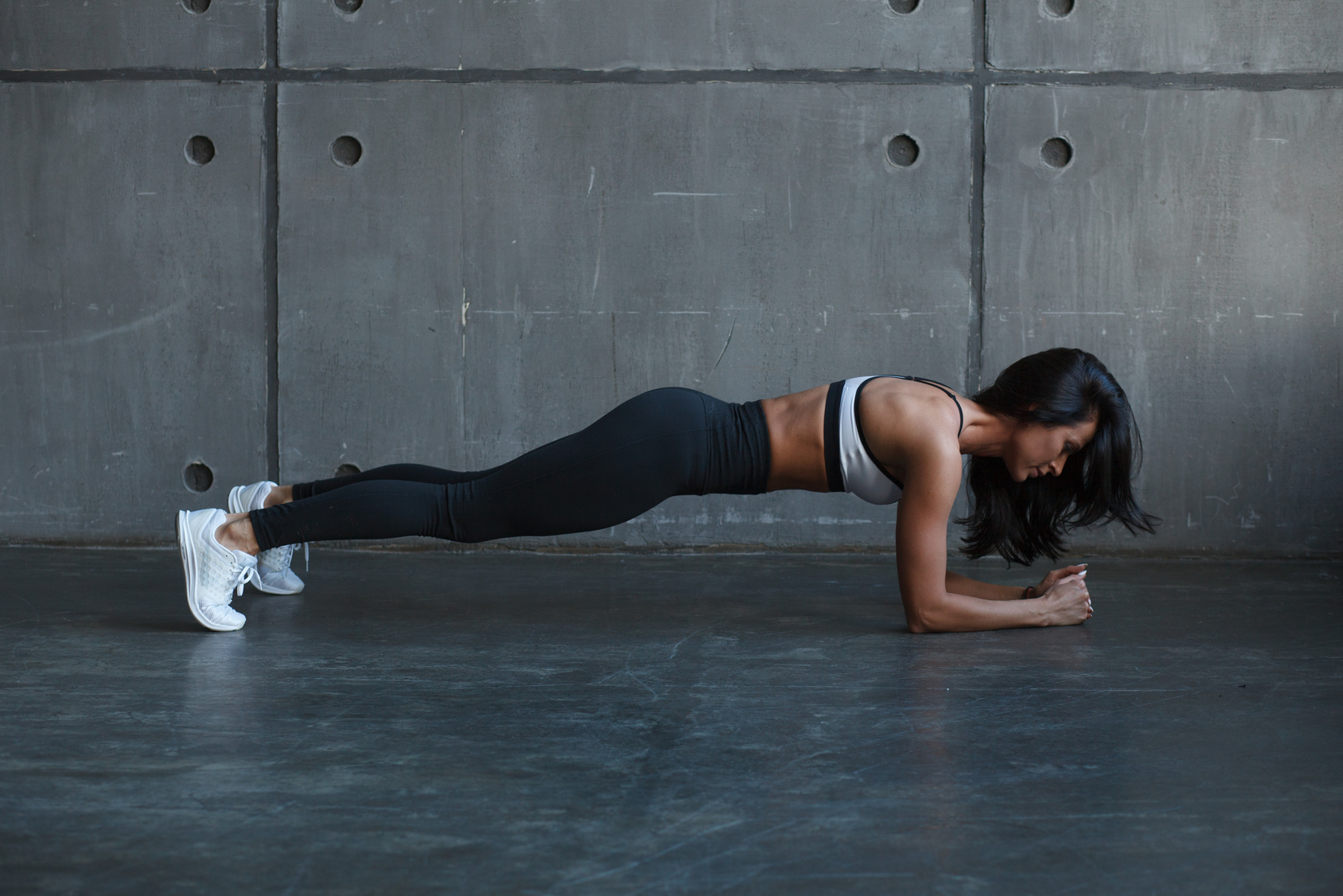Back when I first started running seriously, I thought a few quick toe touches and lazy quad pulls were enough to get my body ready.
I’d roll out of bed, splash water on my face, and head straight into the Bali heat—tight hips and all. Dumb move.
It took a nagging ache in my right hip to wake me up. It crept in during long runs, lingered afterward, and messed with my stride.
I kept brushing it off, blaming age or uneven roads. But deep down, I knew I wasn’t giving my body the prep it deserved.
Then I found the Myrtl routine—and it changed everything.
Let’s get to it
Meet the Myrtl Routine (aka Your Hips’ Best Friend)
Myrtl (yeah, it rhymes with “girdle”) is a hip-focused mobility and strength sequence.
It was put together by Coach Jay Johnson out in Boulder, Colorado. You don’t need a gym, a trainer, or anything fancy. Just your body, ten minutes, and a floor.
The routine zeroes in on the muscles around your hips—especially the small ones that take a beating when we run. Glutes, abductors, rotators—all the parts that keep your form steady when fatigue starts to creep in. And trust me, it creeps in.
Myrtl includes moves like leg swings, clamshells, donkey kicks, and fire hydrants. No, it’s not glamorous. Yes, you’ll feel awkward at first. But those small, slow movements?
Pure gold.
A study in the Journal of Strength & Conditioning Research backs this up. It shows how activating the glute medius and other small stabilizers helps runners stay efficient and avoid breakdown in form over long distances.
And here’s the kicker: dynamic routines like Myrtl don’t just loosen things up. They actually help you run better. You move smoother, you stay balanced, and your stride doesn’t fall apart late in a race.
Static stretches before a run? I’ve learned the hard way that those do more harm than good. Moving through the right range, with purpose—that’s what gets results.
Why You Should Care
Let’s be real: most of us skip warm-ups because we’re short on time, or we just want to get the run over with. But if your hips are stiff, if your knees ache after 10K, or if you notice your form falling apart in the second half of your runs—this is your fix.
Myrtl only takes 10 minutes. But it can save you from weeks of injury downtime.
I’ve had runners come to me with nagging knee pain that wouldn’t quit. After three weeks of doing Myrtl, that pain started to fade. One runner told me, “I finally feel like my legs are moving together again.” That’s the power of fixing the root, not just chasing the symptoms.
Let me break it down even further:
Stronger Hips = Better Form (and Fewer Injuries)
The Myrtl routine hits those neglected muscles—think glute medius, minimus, hip rotators—the ones you don’t feel until they’re already causing problems. These are your stabilizers. If they’re asleep, your knees cave, your pelvis wobbles, and your form breaks down with every step.
I’ve seen it in countless runners—heck, I used to be that runner. My knees collapsed inward like folding chairs on long runs. It wasn’t until I got serious about hip work that things changed.
And I’m not just speaking from experience. According to the Journal of Strength & Conditioning Research, weak hip stabilizers are strongly tied to overuse injuries like runner’s knee and IT band issues.
Strengthen the hips, and you reduce the risk—plain and simple.
Bye-Bye, Runner Pain
This one’s personal. I battled hip pain for months until I started doing Myrtl. After a couple of weeks? Gone.
Here’s the truth: Strong hips take pressure off your knees and lower back.
It’s not magic. It’s just smart prep.
Loosen Up and Move Freely
Don’t get stuck thinking Myrtl is just about strength. It’s also about freeing up tight hips. Those leg swings and hurdle moves? They open everything—hip flexors, piriformis, adductors. Sitting all day locks these areas down, and Myrtl undoes that.
When I’m consistent with it, I don’t get that front-hip pinch on tempo runs anymore. No more lumbering into my stride either. Just flow.
If you’ve ever felt like your stride was stuck in a cage, this is how you open the door.
Posture and Efficiency Get a Boost
Let’s talk posture.
Strong hips hold you upright. They keep your stride tight and your energy focused forward—not leaking out through sloppy form.
I’ve had athletes tell me they felt “snappier” and “more upright” just from adding hip drills. There’s even some research showing better hip mobility may help your running economy—that means using less oxygen to run the same pace. And that’s huge over long distances.
Even if you don’t feel faster, what you’ll notice is not slowing down late in the run. That’s the quiet power of good form.
A Warm-Up That Actually Works
Unlike old-school stretches that do nothing but make you yawn, Myrtl is dynamic. You move through the patterns—no holding poses like a frozen statue. That movement gets your blood flowing, wakes up your glutes, and primes your stride.
I always finish a Myrtl session feeling light, warm, and ready to roll. Especially before speed work or race day—it kicks that first sluggish mile to the curb.
When and How Often Should You Do the Myrtl Routine?
By now you might be thinking, “Alright, I’m in… but when should I actually do this thing? And how often?” Fair questions—and I’ve got answers.
Here’s the good news: the Myrtl routine is super flexible. You can sneak it into your training almost anywhere. But if you’re looking for the sweet spot, here’s what I recommend based on what I’ve seen in the field—and what the research backs up too.
Do It Before Your Run (Yes, Before)
If I had to pick one time to do Myrtl, it’s right before your run.
That’s how I use it myself, and it’s what I ask my athletes to do too. It wakes up your hips, glutes, and stabilizers—so when your feet hit the ground, the right muscles are already doing their job.
This is especially clutch if you’re dealing with IT band tightness, hip stiffness, or you’re coming off a day of desk-sitting (which, let’s be honest, most of us are).
I’ve seen runners completely turn their injury story around just by adding Myrtl to their pre-run warm-up.
And it’s not just bro-science. A coach and exercise physiologist featured in Self Magazine recommends doing it at least three times a week, but says ideally you’d squeeze it in before every run or ride. Do it after a few minutes of light jogging to get warm, or just straight up before your run if you’re short on time.
Some athletes also use Myrtl after their run, during cool-down. That can help with mobility since your muscles are warm. But if you’re choosing one or the other? Pre-run is where the magic happens.
Aim for 3–4 Times Per Week (More If You’re Banged Up)
Let me be real with you—consistency here is what counts. When I first started doing Myrtl, I stuck to it 3–4 times a week, and that’s the rhythm I still recommend to most runners.
- Do it before your long runs.
- Do it before your speed days.
- Squeeze in 1–2 other sessions during the week.
If you’re nursing an injury or trying to stay ahead of a nagging issue (like I was during one marathon cycle), daily isn’t too much.
Back when I had an IT band scare, I went all-in with daily Myrtl. Some of the runners I coach swear by the same approach during rehab.
That’s the move—ramp up when needed, then settle into a maintenance routine.
Three times a week minimum is usually enough to see noticeable gains in hip strength, balance, and injury resistance. And hey, once it’s a habit, it barely feels like a chore.
Stack It With Habits You Already Have
One trick I give to runners: tie Myrtl to something you’re already doing.
- Lacing up your shoes? Drop down for some clamshells.
- Waiting for the coffee to brew? Knock out some leg raises
- Brushing your teeth? Get in a set of fire hydrants while you foam at the mouth 😅
For me, once I linked it to my pre-run routine, it just stuck. At first, it felt like “ugh, one more thing.” I was already tired post-run and wanted to skip. But I pushed through a few weeks—and then it just clicked. The pain disappeared. My stride felt smoother. And I was sold.
Let’s get to the routine now.
1. Clamshells
Lie on your side with your legs stacked and knees bent about 45 degrees. Your heels should line up with your glutes. Keep your feet together, core engaged, and open your top knee like a clam shell—lifting it toward the ceiling—without letting your hips roll back. Pause at the top, then lower slowly.
Reps: 10–15 reps per side. I stick with 12 when I’m feeling fresh.
Coach’s Tip:
This one’s the OG of hip drills. If you’re doing it right, your outer glutes (glute medius) will start whispering insults at you by rep 6. Don’t let your hips rock backward—that’s the body cheating its way out of doing the hard part. Keep it small, controlled, and smooth. Feel the burn in the side of your butt, not your lower back. Want more fire? Loop a mini-band above your knees. Thank me later.
2. Side-Lying Leg Raises
Same setup as clamshells—on your side, legs stacked, hips in line, core tight. But this time, keep your top leg straight and lift it up slowly until it’s about 45 degrees from the floor. Lower with control. Don’t rush or let gravity win.
Reps: 10–15 reps per side. I usually go for 12, slow and steady.
Coach’s Tip:
Think: slow, not high. Most runners try to fling the leg skyward and end up using momentum instead of muscle. Keep your toe slightly down or neutral—not turned up—or you’ll shift the work away from where you want it (that sweet outer glute zone). If it feels easy, you’re either doing it too fast or letting your hips cheat. Lock your form in, and this simple move becomes a killer.
3. Donkey Kicks (Hip Extensions on All Fours)
Drop down on all fours like you’re setting up for battle—hands under shoulders, knees under hips. Pull your belly button in (tight core), keep your back flat. Bring your right knee toward your chest—almost like a crunch—then drive that same leg straight back and up.
Imagine stomping your footprint onto the ceiling behind you.
Keep your knee bent at 90 degrees, foot flexed. Only go as high as you can without arching your lower back. Bring it back under the hip. That’s one rep.
Reps: 8 to 15 reps per side. I go for 10 each. Control is key—don’t sling the leg; own the movement.
Coach’s Tip:
This one’s a glute burner. You’re targeting your glute max and hamstrings—so squeeze your butt hard at the top. Don’t cheat by tilting your pelvis or arching your back. If you’re lifting with your spine, you’re not hitting the right muscle.
Hips should stay square. Your lower back should stay flat like a tabletop. And if it’s done right? You’ll feel that fire in your glute. Stay smooth. Quality over quantity every time.
4. Fire Hydrants
Same starting spot—on all fours. From here, lift your right leg out to the side with the knee still bent.
Yep, you’ll look like a dog peeing on a fire hydrant.
It’s awkward, but effective. Raise your knee until it’s roughly level with your hip (or whatever your body allows), then return to all fours.
Reps: 8 to 15 each side. I stick with 10 and switch legs.
Coach’s Tip:
Stability matters more than height here. Resist the urge to lean away from the lifting side. Core tight. Hands planted evenly.
If you’re doing it right, you’ll feel it on the outer hip (glute medius). If your knee only gets halfway up, that’s fine—mobility takes time. Some folks also feel it in the supporting hip since that leg is holding you up. Bonus points for that.
Don’t rush it—imagine pouring your leg up and out, then slowly back in. Smooth reps, no flailing.
5. Donkey Whips (Horizontal Leg Swings on All Fours)
Stay on all fours. Extend your right leg straight behind you, then swing it out to the side like you’re drawing a quarter-circle arc, then bring it back behind you.
Don’t drop the leg between swings if you can help it. Keep it at about hip height the whole time.
Reps: 5–10 slow swings each side.
Coach’s Tip:
This one’s a sneaky core killer. The movement fires up your hip rotators and abductors while your core works overtime to keep you stable.
Try not to twist or tip—imagine headlights on your hips beaming straight into the floor.
If it’s too much to keep your leg straight, bend the knee and do a smaller circle motion. Even small swings help build strength. Don’t rush. Move like you’re in control, not like you’re trying to win a donkey dance-off.
6. Hurdle Trail Leg (Standing Hip Circles)
Stand next to a wall or pole. Balance on your left leg. Bring your right knee up in front of you, then open it outward and swing it back like you’re stepping over an imaginary hurdle. That’s a forward circle.
Then reverse it—bring the leg back and circle it forward to reset.
Reps: 5 big circles each direction, each leg.
Coach’s Tip:
Big, smooth circles here. If your hips crack and pop like a bowl of cereal, welcome to the club. That’s why we do this.
Keep your core braced, stand tall, and don’t let your back take over. If you wobble, grab that wall—it’s about hip mobility, not a balancing contest.
This drill is gold before trail runs or speed workouts. It primes those hip joints for movement that actually matters out there.
7. Knee Circles (Hip Circles on All Fours)
Back on all fours. Pull your right knee toward your chest, swing it out to the side, then push it back behind you, and return to start. That’s one big forward circle.
Then go the other way—back, out, forward, down.
Reps: 5 circles each direction, each leg.
Coach’s Tip:
This move is like combining a donkey kick with a fire hydrant into one smooth circle. Don’t be surprised if the motion feels jerky or stiff. That’s your hip joint giving you feedback.
Go slow and let it loosen over time. Keep your weight evenly spread, torso facing the floor. It’s easy to let your elbows bend or twist the body—fight that.
I use this one when I want to really open things up, especially if I’ve been sitting too long or feel groin tightness creeping in.
8. Linear Leg Swings (Front-to-Back Swings)
Stand tall. Hold onto a wall or something solid with one hand. Swing your right leg forward and back like a slow pendulum. Start small and build up the height as your hips warm up.
Reps: About 10 swings per leg.
Coach’s Tip:
Posture, posture, posture. Stay tall, don’t fold at the waist or overextend your lower back. Let the leg swing, not your spine.
Soft knee, relaxed shoulders.
This one is amazing for loosening tight hip flexors and hamstrings. I do it every time before tempo runs or hills. It just gets the legs moving freely again.
9. Lateral Leg Swings (Side-to-Side Swings)
Turn sideways to your support wall. Stand on your left leg, and swing your right leg across your body and then out to the right. Think side-to-side pendulum here.
Reps: ~10 swings per leg.
Coach’s Tip:
Same deal: stand tall, swing from the hip, not the foot. Let the swing cross your body gently, then open up. This hits your adductors and abductors—basically the inside and outside of your thighs.
Don’t force the range. If one leg swings better than the other? Totally normal. Just stay smooth and in control. This drill is underrated for runners who only think in straight lines.
Lateral movement is your injury insurance.
A Stronger Stride Starts Now: Final Thoughts
If you’re someone who’s struggled with injuries, I empathize with you deeply. And I’ll gently challenge you: give this routine an honest try. Do it 3–4 times a week for a month and see how you feel. It might just become your new best friend.
If you’re a runner who’s been injury-free, I’d say you’re lucky — and you should still do Myrtl to keep it that way! 😉
Lastly, don’t be afraid to make it your own. Some days I’ll throw on a good playlist and do Myrtl outdoors on the grass, turning it into a mini meditation. Other days I’m in a rush and I do a lightning-fast version.
It’s a flexible routine. What matters is consistency and form. You’ll soon find your hips feeling looser, your stride feeling more powerful, and hopefully, you’ll gain that unshakable confidence that yes, you are taking care of your body.
Happy running, and happy hip strengthening! Your future self – cruising along the road strong and injury-free – will thank you for the effort you put in today.
Run strong and stay injury-free!

